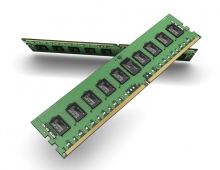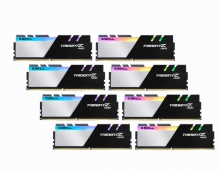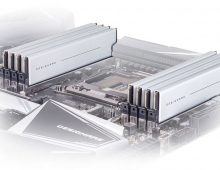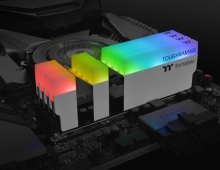
Cadence Releases First 28nm DDR4 Design IP Solutions
Cadence Design Systems has announced that the first products in its DDR4 SDRAM PHY and memory controller design intellectual property (IP) family have been proven in silicon on TSMC's 28HPM and 28HP process technologies.
Cadence has received and characterized multiple versions of its DDR PHY and controller IP in 28nm silicon based on drafts of the DDR4 standard. The proposed DDR4 standard, anticipated to be released by JEDEC later this year, will offer users substantial performance benefits over DDR3. DRAM devices adopting the DDR4 standard are expected to have 50 percent higher operational frequency and double the memory capacity of DDR3 devices while reducing the power consumed in the DRAM by as much as 40 percent per bit transferred.
"DDR4 is going to be the next big thing in DRAMs, but its signaling is challenging to handle," said Jim Handy of Objective Analysis. "As PCs migrate to DDR4 DRAMs, this standard will become the volume leader, giving it a price advantage that will be impossible to ignore. ASIC designers who want to take advantage of that pricing are likely to need a lot of help putting a reliable interface on their products."
The Cadence PHY family includes a high-speed implementation of the DDR4 PHY that exceeds the data rates specified in the DDR-2400 specifications draft, while offering interoperability with current DDR3 and DDR3L standards. Also proven in TSMC 28HPM silicon, is a low-power, all-digital mobile PHY implementation that exceeds the data rates called for in both the DDR-1600 and DDR-1866 DDR3 standards and the maximum data rate of the low-power LPDDR2 standard.
"DDR4 is going to be the next big thing in DRAMs, but its signaling is challenging to handle," said Jim Handy of Objective Analysis. "As PCs migrate to DDR4 DRAMs, this standard will become the volume leader, giving it a price advantage that will be impossible to ignore. ASIC designers who want to take advantage of that pricing are likely to need a lot of help putting a reliable interface on their products."
The Cadence PHY family includes a high-speed implementation of the DDR4 PHY that exceeds the data rates specified in the DDR-2400 specifications draft, while offering interoperability with current DDR3 and DDR3L standards. Also proven in TSMC 28HPM silicon, is a low-power, all-digital mobile PHY implementation that exceeds the data rates called for in both the DDR-1600 and DDR-1866 DDR3 standards and the maximum data rate of the low-power LPDDR2 standard.





















